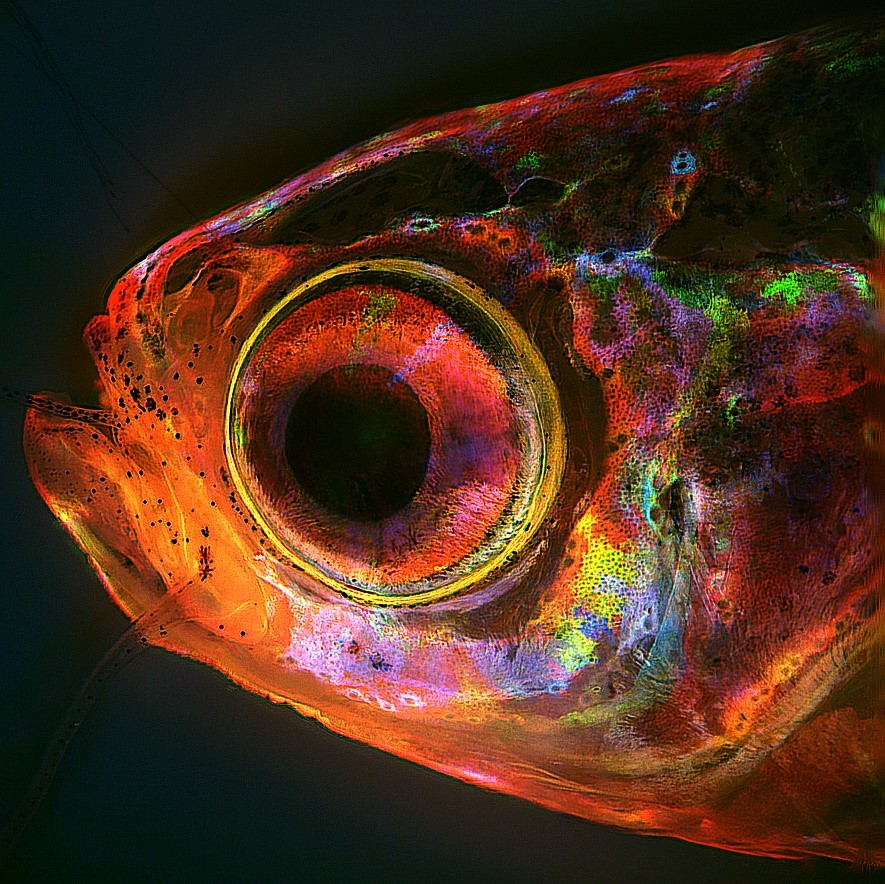Whole-body clonal mapping identifies giant dominant clones in zebrafish skin epidermis
- Author:Hsiao-Yuh Roan, Tzu-Lun Tseng, Chen-Hui Chen
- Journal: Development 2021 Sep 15;148(18): dev199669 https://journals.biologists.com/dev/article/doi/10.1242/dev.199669/272161/Whole-body-clonal-mapping-identifies-giant?guestAccessKey=7ad762b4-8b98-49fd-9792-b23f77ecd3ec
Abstract
Skin expansion during development is predominantly driven by growth of basal epithelial cell (BEC)-derived clonal populations, which often display varied sizes and shapes. However, little is known about the causes of clonal heterogeneity and the maximum size to which a single clone can grow. Here, we created a zebrafish model, basebow, for capturing clonal growth behavior in the BEC population on a whole-body, centimeter scale. By tracking 222 BECs over the course of a 28-fold expansion of body surface area, we determined that most BECs survive and grow clonal populations with an average size of 0.013 mm2. An extensive survey of 742 sparsely labeled BECs further revealed that giant dominant clones occasionally arise on specific body regions, covering up to 0.6% of the surface area. Additionally, a growth-induced extracellular matrix component, Lamb1a, mediates clonal growth in a cell-autonomous manner. Altogether, our findings demonstrate how clonal heterogeneity and clonal dominance may emerge to enable post-embryonic growth of a vertebrate organ, highlighting key cellular mechanisms that may only become evident when visualizing single cell behavior at the whole-animal level.
Funding sources: Academia Sinica and the Ministry of Science and Technology, Taiwan
Photo
Whole-mount epifluorescence image of a transgenic zebrafish reporter line shows progeny of skin stem cells. Individual stem cell-derived clonal populations are labeled with unique colors. The macroscopic imaging platform allows identification of dominant clones in zebrafish skin epidermis on a centimeter scale.


